How cloud migration can improve your sustainability

for the latest insights
Most UK companies care about their impact on the planet.
In fact, 90% of UK businesses rank sustainability as a top priority.
Yet, they only allocate 8% of the budget to environmental, social, and governance (ESG) initiatives, according to Google Cloud research.
And it’s hard to prove if those initiatives even work. Only 36% of those business say they have the right tools to measure impact.
That’s where IT comes in. The right cloud-based technology can help you provide the answers your organisation’s leadership needs. So why not strengthen your cloud migration business case with all the eco-friendly benefits of moving to the cloud?
Here are four key areas where cloud migration can actively support your organisation’s sustainability efforts.
- Reduce on-premises environmental impact
- Reduce carbon emissions
- Reduce waste
- Measure impact
1. Reduce on-premises environmental impact
The pandemic caused a huge shift in the way people work. As the Financial Times reported, the amount of office space occupied in England plummeted by millions of square feet during the pandemic – and hasn’t recovered yet.
So if your company is consolidating space, it might be the perfect time to migrate to the cloud. That way, you save on space and energy by not powering on-premises infrastructure.
Plus, it’s better for sustainability, according to this article from Imperial College London:
“It is likely that using cloud computing is more environmentally friendly than running your own data centres. The big cloud computing companies have huge balance sheets to invest in the projects mentioned above, are the largest purchasers of renewables, and develop more efficient forms of computing at large scale.”
""
2. Reduce carbon emissions
The United Nations set a target for the world to achieve net-zero emissions by 2050. That way, we’ll all keep global temperatures down and avoid catastrophic damage.
Clearly an important cause. Which is why nearly two-thirds (60%) of the UK’s FTSE 100 companies have joined the net-zero pledge.
One way a company can reduce its CO2 emissions is migrating to the public cloud.
In fact, Accenture estimates cloud migration can reduce world emissions by 59 million tonnes of CO2 each year – the equivalent 22 million cars.
You might be concerned that growing data centres will mean more energy.
But big data centre providers are way ahead of the game in reaching net-zero targets. For example, Microsoft has been carbon neutral since 2012. It even plans to be carbon negative by 2030 – meaning it will remove more carbon than it emits.
Google is also carbon neutral, with a goal to run all of its data centres with carbon-free energy by 2030.
Advances in technology make data centres increasingly efficient. Plus, there are fascinating plans underway to harness the heat.
One example is a project taking place in the London Borough of Islington, called Greenscies. It has designed a way to capture heat from data centres and the London Underground, then use it to power homes.
3. Reduce Waste
Cloud migration can also mean cutting down on your company’s “electronic waste” – meaning anything with a plug or battery.
The UN reports by 2030, the world will produce 74 million tonnes of e-waste a year.
And less than 40 per cent of e-waste in the EU is recycled.
If you have minimal equipment on premises, you reduce the potential e-waste your company directly produces.
Clients and consumers are increasingly interested in knowing a company’s full supply chain. They want evidence that materials, labour, distribution, and disposal are all handled in an ethical, sustainable way.
They want to know how you handle e-waste, and the effort you make to cut down. They also want to know about your emissions. It’s even a requirement in some business contracts to report environmental impact.
For example, the UK government requires all suppliers with contracts over £5 million annually to commit to the net-zero target and produce a carbon reduction plan.
4. Measure impact
You can also use cloud-based technology to make it easier to monitor sustainability measures at every stage in your supply chain.
For example, Microsoft Azure analytics can help you use predictive monitoring to assess how your equipment performs. You can also use it to:
- Identify performance anomalies
- Reduce unplanned maintenance and equipment downtime
- Reduce costs
Microsoft is also launching the Microsoft Cloud for Sustainability, which can help you monitor your company’s environmental impact with automated data connections.
Likewise, Google Cloud has a tool to measure your cloud carbon emissions.
These make it easier to measure what you do, which is half the battle. And then it helps you identify where you can make improvements.
The Google Cloud research cited earlier showed only 17% of those who measure environmental impact actually use those measurements to optimise based on results.
Get the right tools in place, and your company can be far ahead of the pack.
The Take Away - cloud migration can improve your sustainability
Your organisation wants to become more sustainable. But you are not sure how much technology can help.
That presents a huge opportunity for you to make the case for investment. You have the power to prove how cloud migration ties into your company’s wider goals. I like how Ned Calder from Innosight recently described the CIO’s role in sustainability:
“CIOs and other IT leaders need to be part of the conversation on how to incorporate [sustainability] into the overall strategy. One challenge many organisations are wrestling with right now is simply trying to understand and quantify [environmental] impacts and be able to measure that in a consistent and objective way over time. CIOs have a big role in putting in place the systems and analytics to [measure impact].”
""
By migrating to the cloud, you can give your organisation the tools it needs to take control over its impact on the planet.
Make sure you get the most out of your organisation's cloud journey by choosing a trustworthy digital transformation partner like UBDS. We use a ground-up approach by performing a cost-benefit analysis and developing a complete transformation roadmap. Realise true innovation and efficiency, without the complexity most grapple with when transitioning to the cloud.
Contact us today.

Looking for
exceptional outcomes?






